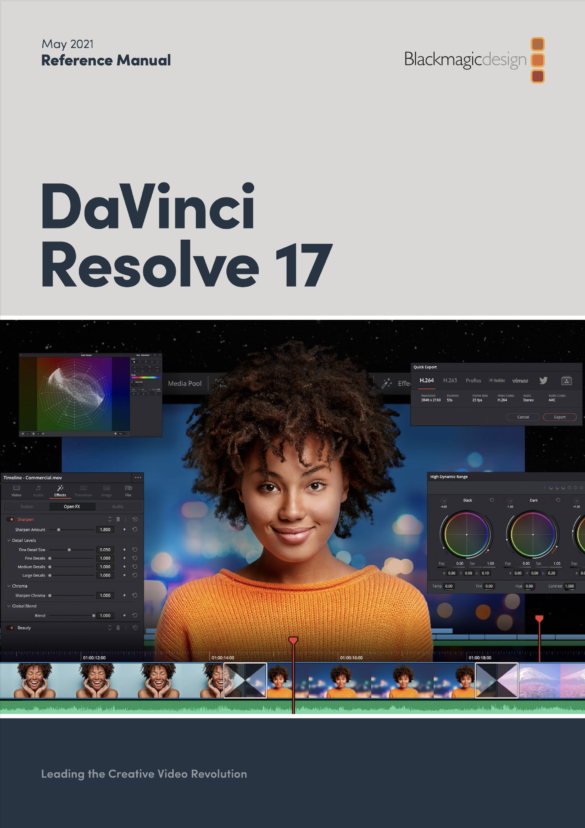Much is said about how color grading effects the emotions of a scene. However, I wanted to take a look at when emotions in a scene affect correction choices you make.
This is something that’s come up for me in documentary productions, but the topic also applies to any situation where people, be they interview subjects or performers, get emotionally worked up during a scene.
In general, it’s often tempting to try and normalize human skin tones the same way audio mixers normalize dialog levels, making everyone’s face in every shot identical, no matter what’s going on. Personally, I think this is a poor approach, since there are lots of things that differentiate human complexion, including ambient illumination, position within the lighting scheme of an environment, biological variation, deliberate differences in makeup from one scene to another, etc.
However, a tricky variation is when people get upset. If it’s genuine, it’s typical for one’s face to get flushed. Consider the following two images:





At left, the calm young person exhibits his ordinary complexion. At right, the upset young person is quite a bit ruddier, with a face flushed with blood.
Here’s the issue you’ll face. As a scene progresses, the emotions in the room will build, and people’s complexions will shift as faces flush. What you do about it depends on you and your client’s philosophical approach to skin tone. Here are some things to consider:
- Narrative scene with actors—I would suggest that you leave the color in. You’re theoretically paying your actors for powerful performances, and if you color correct the performance away, what’s the point? That said, there may be a challenge if, in the course of editing multiple takes together, the flush of an actor’s face is more pronounced in some shots and less in others, so it may be necessary to add or remove redness to a person’s face shot by shot to make sure their complexion matches the emotional build of the scene.
- Documentary scene with interviewees—This can be trickier. If you’ve got talking head shots intercut with b-roll, and you cut from an unflushed bit of interview to a landscape shot and then back to a flushed bit of interview from later, you risk an odd disconnect. In this case, I would be temped to perhaps ease off on the flush to avoid too much discontinuity if the goal was a seamless transition. On the other hand, if the whole point of the interview excerpt being used is that the person is hugely upset, then you might want to leave things be.
- An already ruddy-complexioned person has turned beet-red—The exception to any rule you might be following. If you’ve got an actor or interview subject who’s already got a reddish complexion, chances are they look like a grape once they get upset. In this case, I think you’d be absolutely right to ease off of the extent of their redness a bit, if only to ameliorate audience distraction. However, I’d still leave the actor somewhat flushed.
Obviously, at the end of the day you’re going to do what your client asks. In the last documentary I graded where this came up, the client wanted me to even out all of the woman’s headshots to ease off of the redness. However, if this comes up and your opinion is asked, the above considerations may add value to the conversation.

1 comment
[…] The Color of Emotion from colorist Alexis Van Hurkman. […]